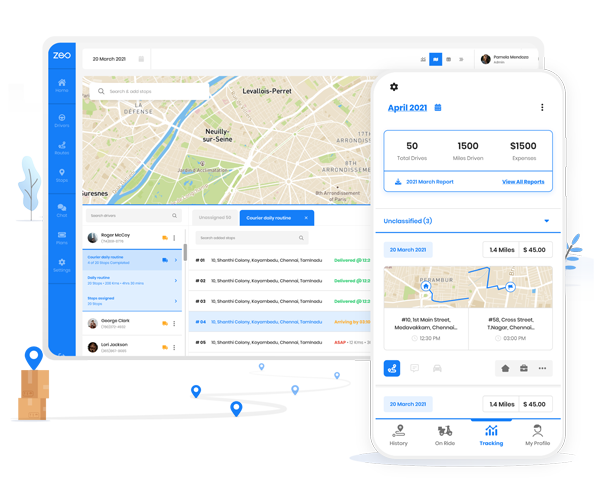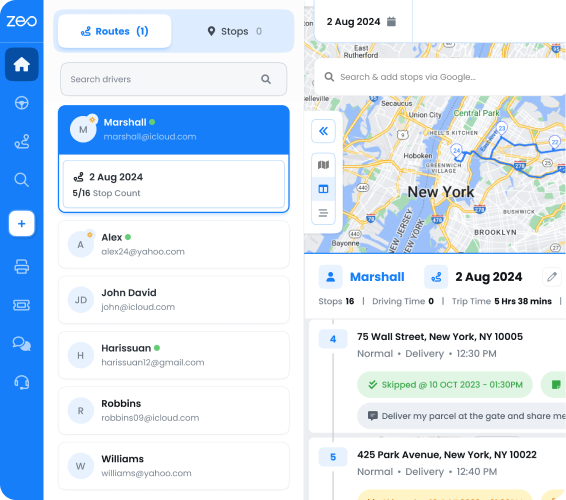Imagine you’re about to embark on a journey across the country and want to ensure your vehicle can handle your load. Enter the world of payload capacity – a critical concept in logistics and transportation management. In this comprehensive guide, we’ll delve into the core of payload capacity and equip you with the knowledge to calculate it accurately. So, fasten your seatbelts as we explore the ins and outs of payload capacity calculations!
-
The Core of Payload Capacity
At the heart of every transportation adventure lies the payload capacity. In simple terms, payload capacity refers to the maximum weight that a vehicle can safely and efficiently carry. It includes the combined weight of the cargo, passengers, and any other items loaded onto the carrier. Calculating payload capacity is essential to prevent overloading, ensure road safety, and optimize logistics operations.
-
Know Your Vehicle Inside Out
Before you embark on the payload capacity calculation journey, you must intimately understand your chosen mode of transportation. Whether it’s a robust truck, a nimble van, or a mighty cargo ship, each vehicle has unique payload limitations. Delve into the manufacturer’s specifications, especially the Gross Vehicle Weight Rating (GVWR), which indicates the maximum allowable weight the vehicle can handle, including its weight and everything onboard.
-
The Weighing Game: Curb Weight
To unlock the secret behind payload capacity, you must first determine your vehicle’s curb weight. Think of the curb weight as the base weight of your carrier when it’s empty and ready for action. It includes the weight of the chassis, engine, fuel, fluids, and all permanent fixtures. This weight forms the foundation upon which your cargo will be added.
-
It’s All About the Numbers: Payload Capacity Calculation
With the curb weight in hand, it’s time to dive into the heart of payload capacity calculation. The formula is pretty simple:
Payload Capacity = Gross Vehicle Weight Rating (GVWR) – Curb Weight
By plugging in the numbers, you’ll unveil the precise payload capacity figure to guide your cargo decisions.
Read more: Amplify Operational Efficiency Through Truckload Optimization!
-
Factor in the Extras
Your payload capacity calculation journey continues after the base weight. Consider any specialized equipment, accessories, or modifications added to the vehicle. These additions contribute to the overall weight and must be factored in to ensure you stay within the payload limits.
-
Evenly Distribute the Weight
A balanced load is a safe load. Ensure your cargo is evenly distributed within the vehicle to maintain stability and prevent potential handling issues. Improper weight distribution can lead to tire blowouts or vehicle tipping, jeopardizing cargo and road safety.
-
Embrace Modern Solutions: Empower Your Logistics Game
In the fast-paced world of logistics, staying ahead requires embracing modern solutions. Enter the era of technology-driven tools designed to optimize your cargo calculations and enhance your logistics game.
One such innovation is Zeo. With Zeo, you can:
- Optimize routes based on your vehicle’s payload capacity.
- Create well-optimized routes to reduce fuel costs and minimize travel time.
- Monitor real-time data and track delivery progress.
- Collect proof of delivery through a signature, photograph, or delivery note.
Empowering your logistics game with tools like Zeo Mobile Route Planner and Zeo Route Planner for Fleets as they enable you to make data-driven decisions, maximize efficiency, and ensure smooth sailing for your transportation adventures.
Read more: How to Choose the Right Delivery Management Software?

increase fuel savings
Hassle Free Deliveries & Pickups!
Optimize routes with our algorithm, reducing travel time and costs efficiently.
Get Started for Free
Navigating Payload Capacity with Confidence!
As you wrap up this exhilarating journey through payload capacity calculations, you are now equipped with the knowledge to master your logistics operations. Understanding your vehicle, calculating payload capacity accurately, and distributing the weight evenly are the keys to safe and efficient cargo transportation.
Moreover, embracing modern solutions like Zeo elevates your logistics prowess to a new level. Its cutting-edge features empower you to optimize routes, track performance, and deliver exceptional customer experiences.
So, confidently embark on your logistics endeavors, and let precise payload capacity calculations steer you toward success in the dynamic world of transportation management.
Lastly, book a free demo call to learn more about Zeo!

Are you a fleet owner?
Want to manage your drivers and deliveries easily?
Grow your business effortlessly with Zeo Routes Planner – optimize routes and manage multiple drivers with ease.

increase fuel savings
Save $200 on fuel, Monthly!
Optimize routes with our algorithm, reducing travel time and costs efficiently.
Get Started for Free




















